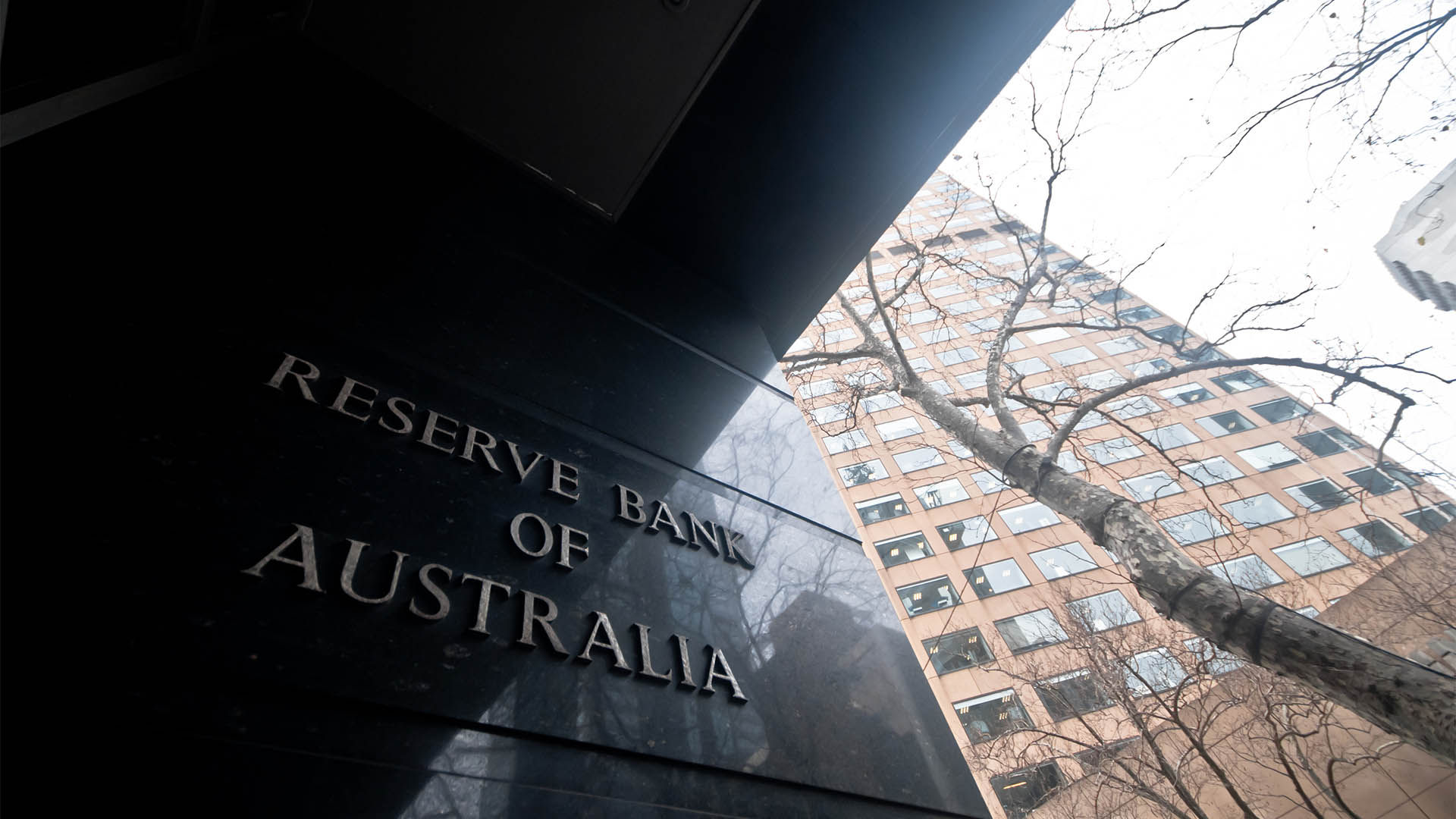The Chinese economy was well and truly open for business in February and it was a similar story here in Australia.
The ending of the country’s Covid zero was always going to have a big impact on Chinese economic activity but the real story was clouded by the early lunar year in late January and the usual absence of monthly data for January because of the timing.
The Chinese government did however release activity survey reports for January at the start of February (as did a private survey) which hinted at a re-opening. The surveys for February, both released on March 1, conclusively showed Chinese economic activity had moved up a few gears.
Thanks to this news and the ending of the compulsory mask mandate in Hong Kong, stockmarkets in the region bounced strongly on Wednesday.
The combined manufacturing and services survey – the National Bureau of Statistics (NBS) Composite Output Index saw a record reading in February of 56.4, up from a solid 52.9 in January.
That was after the official NBS Manufacturing survey showed a rise to 52.6 in February from 50.1 in the previous month – the second straight month of expansion in the sector and the fastest pace since March 2012.
The official NBS Non-Manufacturing survey increased to 56.3 in February 2023 from 54.4 a month earlier. This was the highest reading since March 2021 and the second straight month of expansion China’s huge service sector, which now accounts for more than 55% of total activity.
And the private survey from the Caixin group showed a more sedate, but still solid rise to a reading of 51.5 in February 2023 from 49.2 in January. It was this survey’s first increase in factory activity since last July and was the highest reading for 8 months.
The survey saw gains in new orders for the second straight month with both export sales and output rising rapidly from the depressed levels of late in 2022.
Employment also improved, as costs rose with inputs still higher but selling prices rising for the first time in 10 months – a real positive
And it was a similar story in Australia where the activity survey for manufacturing showed a marked rise in February.
The headline seasonally adjusted S&P Global Australia Manufacturing Purchasing Managers Index rose to a reading of 50.5 in February, up from the neutral level of 50.0 in January (expansion is a reading above 50, contraction, below 50)
Australian firms reported easing price pressures, with the cost of inflation to production at its lowest in two years.
Manufacturers also reported some easing in supply-chain constraints as suppliers were able to see some improvement in delivery times, while softer demand was reducing pressure on vendors, according to Judo Bank, which publishes the data.
Employment levels rose at the fastest rate since last September but business confidence eased markedly with firms remaining concerned over interest rates and the wider economy.













